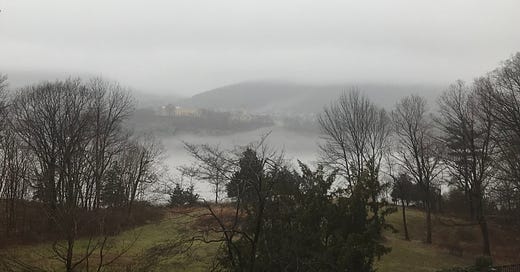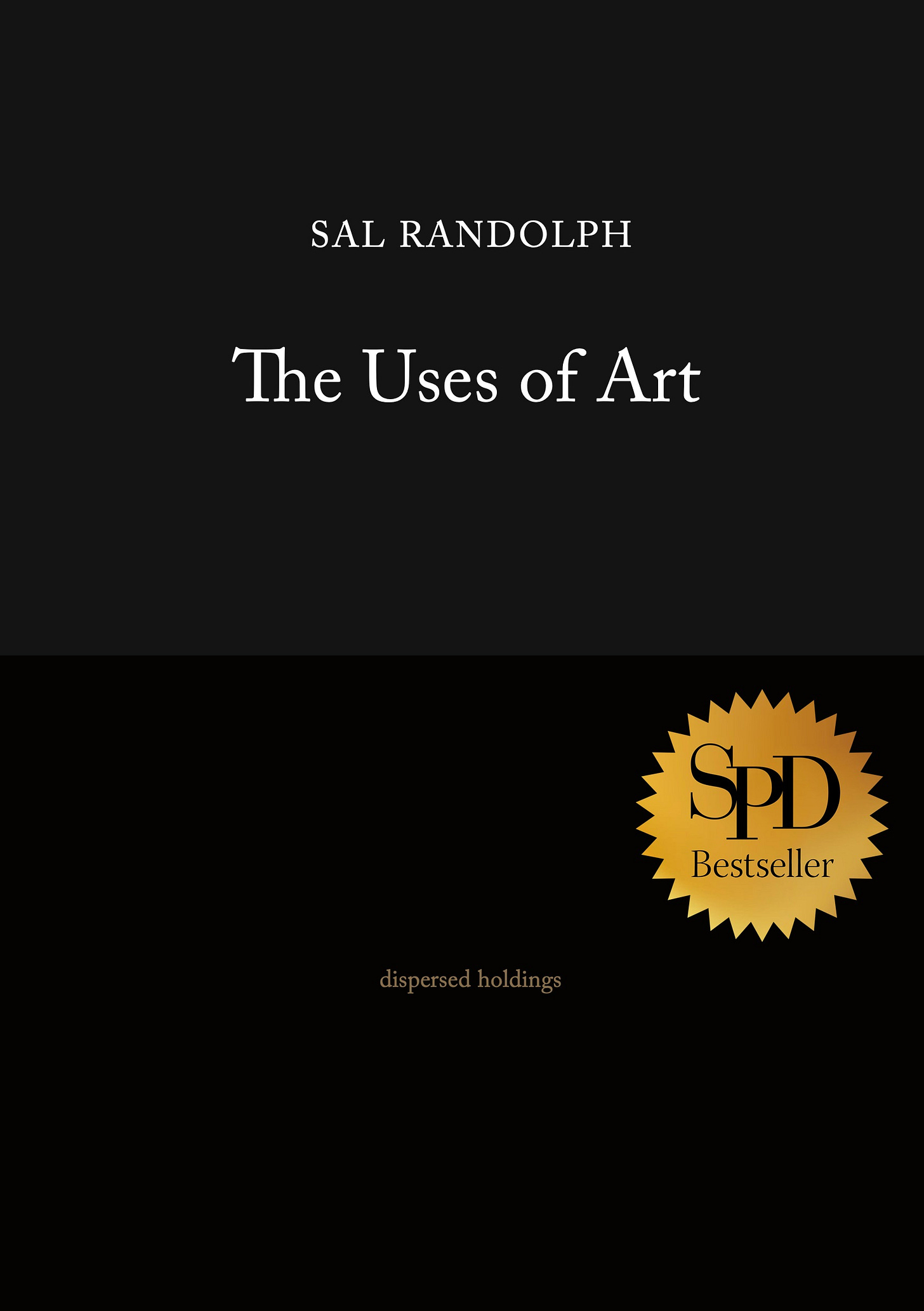Dear Friends,
This week I’m away on a silent retreat with the Village Zendo. This year we called it “Time Outside of Time.”
Instead of my usual postings, I encourage you to dip into our winter study text, the very beautiful “Time Being,” also known as the “Uji,” by the great 13th century Zen teacher, Eihei Dogen.
A Note: there will be an unusual posting that goes out in my absence tomorrow, Friday, December 29, as part of the “Same Walk, Different Shoes” project, organized by Ben Wakeman. For this experiment, 50 writers created story prompts from transformative moments in their lives. The prompts were then shuffled and offered back to the group, so that every writer wrote one prompt and randomly received another. We have all agreed to release our stories on the morning of the 29th, so keep an eye out for mine, which will include links to all the other stories as well.
I won’t be able to reply to comments until I’m back after January 1 — I’m scheduling this ahead so that I can put away my phone and laptop and deeply enter the noble silence of sesshin.
See you in the new year!
—Sal
Time Being
Excerpts are from Eihei Dogen’s essay “Uji” or “Time Being” as translated by Kazuaki Tanahashi.
The way the self arrays itself is the form of the entire world. See each thing in this entire world as a moment of time. Things do not hinder one another, just as moments do not hinder one another. The way-seeking mind arises in this moment. A way-seeking moment arises in this mind. It is the same with practice and with attaining the way. Thus the self setting itself out in array sees itself. This is the understanding that the self is time.
…
Know that in this way there are myriads of forms and hundreds of grasses throughout the entire earth, and yet each grass and each form itself is the entire earth. The study of this is the beginning of practice. When you are at this place, there is just one grass, there is just one form; there is understanding of form and no-understanding of form; there is understanding of grass and no-understanding of grass. Since there is nothing but just this moment, the time-being is all the time there is. Grass-being, form-being are both time. Each moment is all being, is the entire world. Reflect now whether any being or any world is left out of the present moment.
…
Do not think that time merely flies away. Do not see flying away as the only function of time. If time merely flies away, you would be separated from time. The reason you do not clearly understand the time-being is that you think of time only as passing. In essence, all things in the entire world are linked with one another as moments. Because all moments are the time-being, they are your time-being.
…
You may suppose that time is only passing away, and not understand that time never arrives. Although understanding itself is time, understanding does not depend on its own arrival. People only see time's coming and going, and do not thoroughly understand that the time-being abides in each moment.
…
Mountains are time. Oceans are time. If they were not time, there would
be no mountains or oceans. Do not think that mountains and oceans here and now are not time. If time is annihilated, mountains and oceans are annihilated. As time is not annihilated, mountains and oceans are not annihilated. This being so, the morning star appears, the Tathagata appears, the eye appears, and raising a flower appears. Each is time. If it were not time, it could not be thus.
More Information
I’ll be teaching a 3-session course that includes “Time Being” at the Strother School of Radical Attention in March. All are welcome.
The full text of “Time Being” is available here.
More of Eihei Dogen’s writing can be found here.
If you’d like to follow along with our Zen retreat, which continues until New Year’s Day, you can hear the dharma talks on the Village Zendo’s Youtube channel, and the teacher and senior student podcasts.
You are also invited to meditate with our online sitting group.
I’ll be back with more art in the new year.
Further adventures and new ways of seeing can be found in my book, The Uses of Art.
Artist Sal Randolph’s THE USES OF ART is a memoir of transformative encounters with works of art, inviting readers into new methods of looking that are both liberating and emboldening.
Dazzlingly original, ferociously intelligent.
— Michael Cunningham
A joyful, dazzling treasure-box of a book.
— Bonnie Friedman
Here’s a guide, to waking up, over and over again.
— Roshi Pat Enkyo O’Hara







Thanks for sharing all this! Looking forward to seeing all the prompts and what everyone did w them.